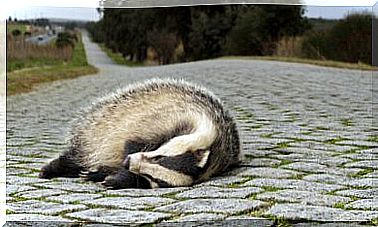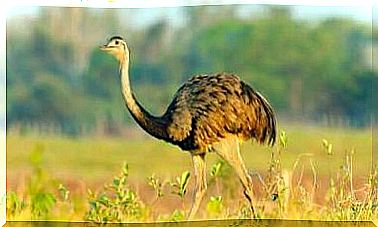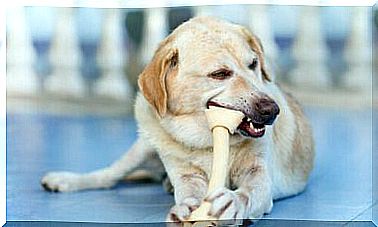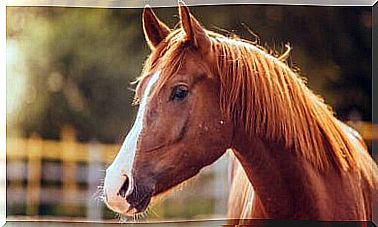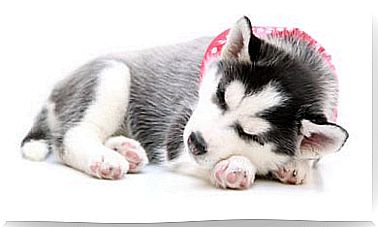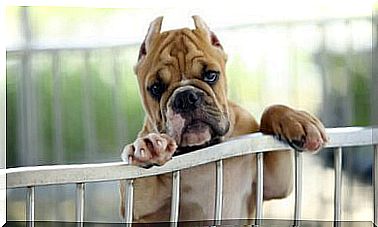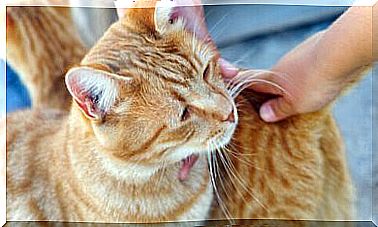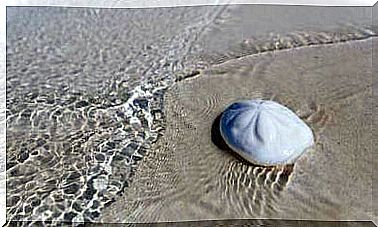Animals Depicted On Coins: An Ancient Practice
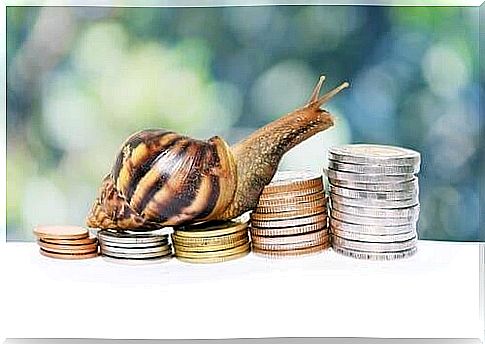
The images of animals depicted on the coins aroused the interest of the most curious people. Whether in the form of military insignia or sports badges, coins or sacred totems, their image takes on a meaning that is synonymous, above all, with power.
The insertion of images of animals on coins or other supports represents a practice as old as that of minting the coins themselves. This phenomenon is partly due to the fact that the human being has always resorted to symbolisms to explain his world and, at the same time, enrich it. In the following lines we will take a closer look at this question.
Animals depicted on coins: an ancient practice that is still carried out today
According to the evidence found by archaeologists, horses and eagles were the favorite animal species among those depicted on the coins. It is equally true, however, that, throughout history, images of other species have also been included, such as elephants, turtles, goats, fish, lions and even fantastic animals, such as the dragon and the unicorn.
1. Lions: the oldest animals depicted on coins
The lion represents a symbol of royal authority, based on power and strength. For this reason it has been depicted on coins since ancient times.
Specifically, his image is believed to have appeared on the first coins in the history of mankind. They were minted in Lydia, the territory of present-day Turkey. Approximately, they can be dated between the years 680 and 560 BC
Even on more recent coins it is still possible to see the image of the lion. Curiously, the 2017 Lions Club Commemorative Dollar appears to be the first coin in the United States to feature a lion depiction on it.
2. Horses, among the animals depicted on Roman coins
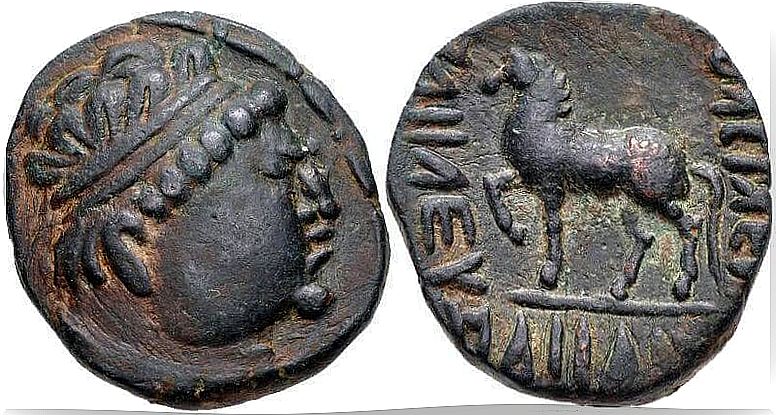
Curiously, it is the image of the horse that stands out most on the ancient Roman coins, followed by those of the eagle and the wolf.
It is believed that the earliest coins to be minted date from around 600-550 BC For this reason, it may seem incredible to see that coins still exist on which images of horses and other farm animals are depicted. In fact, the image of the horse continues to be featured on various US coins.
3. Dogs
It is not uncommon to find dogs depicted on the faces of ancient coins. For a long time, in fact, this animal constituted the conventional representation of the guardian, the hunter and the trusted companion of the human being.
An example of ancient coins depicting images of dogs includes a rare coin of unknown denomination that circulated in Thrace, at Madytos, around 350 BC.
Among the collectors of ancient coins with images of dogs, the beautiful coins of Segesta, in Sicily, are considered among the favorites. In modern times, it is still possible to observe the image of the dog engraved on several coins. Curiously, there appears to be no United States coin on which a dog has been depicted.
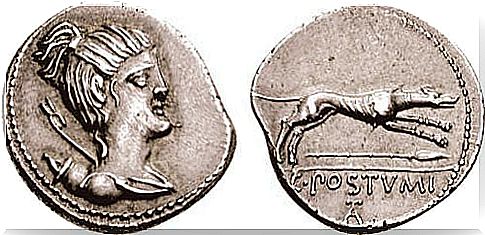
4. Wolves
A particularly famous ancient coin featuring the image of a wolf is the commemorative Roman coin Bi Nummus (330-340 AD), which is believed to have been issued during the empire of Constantine I or Constantine the Great.
The coin represents a she-wolf nursing Romulus and Remus, the mythical founders of Rome. For clearly understandable reasons, this is a particularly fascinating piece for historians.
There is a notable presence of wolves even on modern coins currently in circulation. This is not the case, however, in the United States, where the only coin on which a wolf is depicted is the 2013 Sacagawea dollar.
5. Koala
The koala is another of the animals that have become part of the species depicted on the coins of the countries of Oceania and, specifically, of Australia. These Australian coins were first issued in 1987 and continue to be among the few platinum coins that are still issued today. The front represents the Queen of Australia, Elizabeth II, while the reverse represents a koala.
6. Panda bear: one of the most desired coins
The Chinese Panda gold coin is one of the most popular in the world. It was first issued in 1982. Year after year, the panda is represented through a new design, with the exception of 2002, when a replica of the 2001 coin was issued.
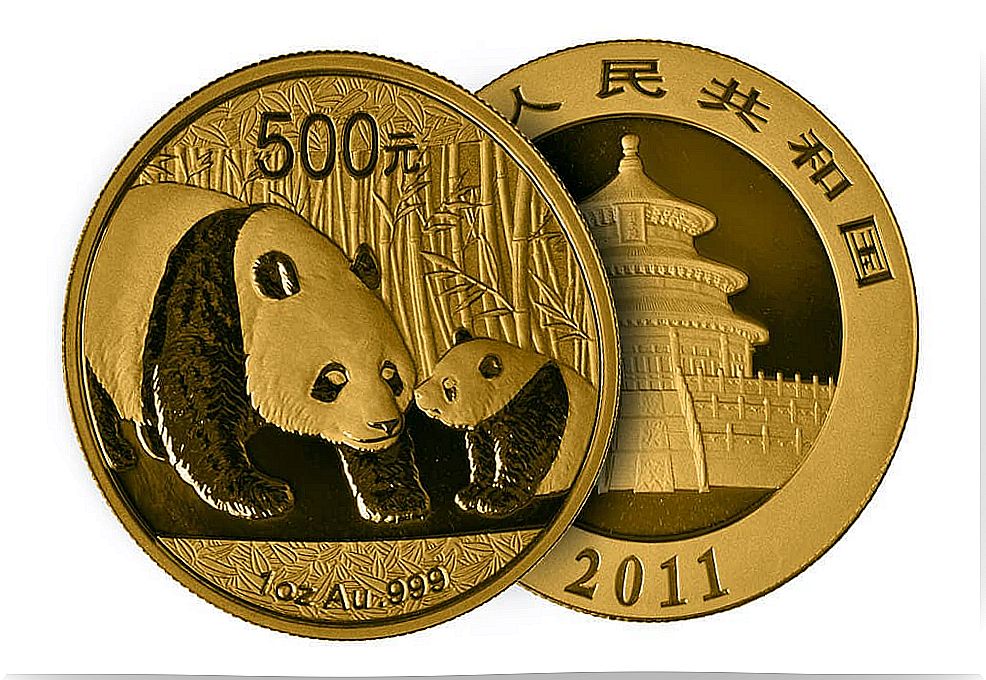
7. Brown bear
As for the coins issued by Spain, we can indicate the representation of the brown bear leaning against an strawberry tree. The bear appears on the front of Juan Carlos I’s 200 pesetas coin (1992). Recall that this image is found on the heraldic coat of arms of the city of Madrid.
The brown bear represents the only bear species that has lived on the Iberian Peninsula. In the past, its territory extended along the entire peninsula and the animal was particularly present in the Pardo mountains, near Madrid, where it was the object of hunting by kings and aristocrats.
8. Cat
Every year, since 1988, the Isle of Man (located between England and Ireland) issues a coin bearing the effigy of a cat. This custom has an aspect that makes it even more curious: every year, the coin features a different breed of cat.
Inevitably, these coins are incredibly popular with coin collectors and cat enthusiasts.
On coins and many other items
Animals are fascinating beings whose image has not been engraved exclusively on coins, but who are also often represented on a wide variety of objects. Nowadays, it is really difficult to find an object on which, in the course of its history, an animal has never been depicted.
